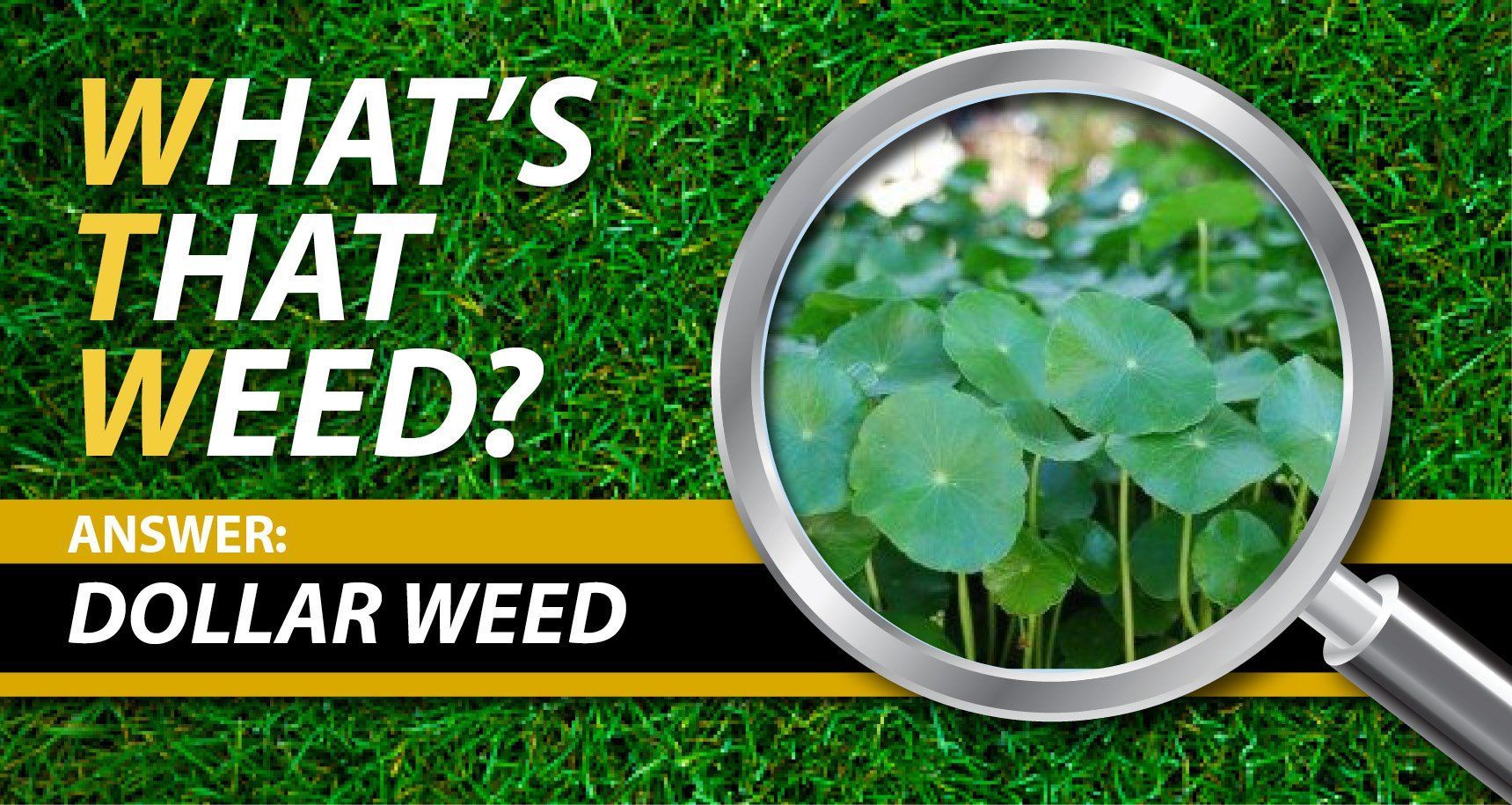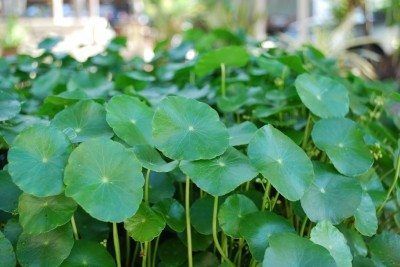What's that Weed? Dollarweed!


WHERE IT GROWS Dollarweed can infest many species of turf grass native to North America, particularly in southern regions. Dollarweed thrives in warm, humid climates. Dollarweed is resilient in areas in the southern United States, particularly raging in southern Florida where it can take over St. Augustine lawns. Dollarweed thrives in turf that is weak and thin, especially in: home lawns with poor turf maintenance, golf fairways and roughs, sports and playing fields, as well as industrial grounds. Often, this weed is found in wet to moist areas of turf or anywhere where moisture is in excess.
- NOTE: Plant size can adapt to frequent mowing, reducing leaves to 1cm in diameter and expanding to 6-10 cm when un-mowed. This can be commonly seen in fairway management on golf courses.
HOW TO IDENTIFY
Dollarweed grows low to the ground and has green, glossy leaves that are round with scalloped edges (imagine a lily pad). Some leaves can grow up to the size of a silver dollar—hence the name! The petiole or the stalk that joins a leaf to a stem is long and slender and is attached to the center of the leaf, forming an umbrella-like appearance. During the summer months, clusters of white flowers appear, arranging as elongated spikes or as rounded umbels at the top of a long stalk. The fruit appears greenish in color, rounded and somewhat flattened.
- NOTE: Dollarweed can be confused with dichondra. Understand that dicondra's petiole is attached to the edge of a kidney shaped leaf.
GROWING SEASON
Dollarweed tends to emerge in early summer and can live up to two years!
HOW TO MANAGE
Because dollarweed reproduces from rhizomes, it's difficult to kill once it takes hold in the soil. The best method for removing dollarweed is to follow these good cultural methods.. First try to minimize irrigation since dollarweed is a water-loving species. Most turf grass can survive with less moisture than dollarweed can. Second is to maintain a healthy, dense turf with a strong root system and a good lawn fertility/care routine to prevent dollarweed from spreading by rhizomes. Next, ensure the correct mowing height for your turf species and avoid lawn scalping. Finally, establish proper aeration and thatch management practices so dollarweed cannot move into lawns.
For intense dollorweed infestations, use a post-emergent herbicide that contains the active ingredient (AI) Penoxsulam, a proven herbicide control technology that targets dollarweed (among other weeds as well). Apply the post-emergent in spring (NOTE: Avoid the use of herbicides in the heat of summer, as they will cause more stress to turf). Once applied, DO NOT mow or cut back the dollarweed in any way; allow the herbicide to absorb into the shoot tissue so that it may be transported down to the roots. Because dollarweed is an invasive, tough weed to control throughout the growing season, repeat applications of post-emergent herbicides can be done in both spring and fall. Continue as necessary and follow all label application instructions.
- NOTE: Be sure to know your grass type prior to applying any herbicide control product on turf! Certain AI's will have adverse effects to certain lawn types. Read the full product label to make sure the product can be used for the turf grass species needed to be treated. Contact a local lawn care expert to help identify turf species in your region.
For professional fertilizers, humic and AMP-XC™ enriched products available, please visit TurfCare’s online Product Catalog.
For green industry professionals or others interested in ordering Turfcare products, please contact our Customer Service to find a distributor near you.
The TURFReport Highlights:
Additional Articles and Insights
















